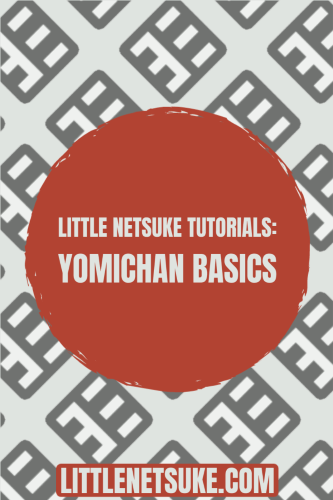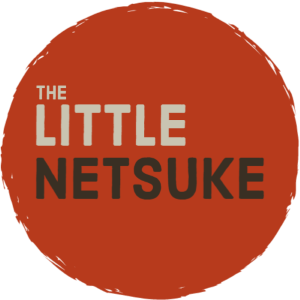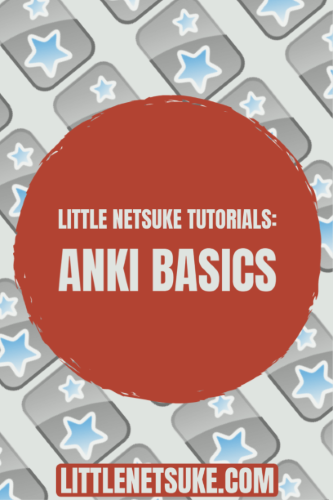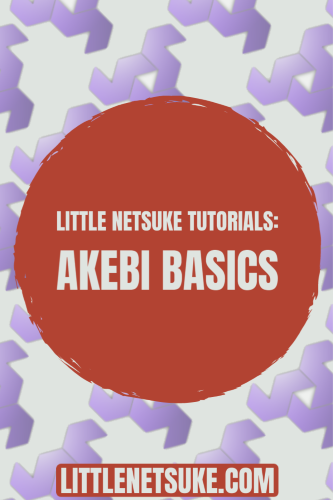Over the years that I’ve been studying Japanese I have tried many techniques and tools to study more efficiently. Out of all the ones I’ve tried there are my four essential Japanese study tools.
These tools are essential to my study strategy and are useful for learners of all levels. These wonder tools are Anki, Forvo, Akebi and Yomichan. Read on to find out what makes these essential.
Anki
It will come as no surprise to many students of Japanese that Anki is top of the list, but for those of you who aren’t familiar, Anki is a Spaced Repetition Software (SRS).
An SRS is essentially a smart flash-card program that utilises ‘Spaced Repetition’ to improve your study efficiency. Spaced Repetition is a concept that dates as far back as 1932 and is essentially about leaving larger and larger gaps between reviewing the same material to help push it deeper into your long-term memory.
There are many language learning apps out there that utilise the Spaced Repetition theory, from Memorise to Duolingo. So what makes Anki so special?
Features
Probably the most important consideration in the smartphone age is compatibility. Happily, Anki has you covered as there is an app for both iOS and Android (AnkiDroid) as well as desktop software for both Mac and PC (which you should use for making your cards). The mobile and desktop versions can be synced via a user account on the Anki website.
Next is customisation. While apps like memorise or Duolingo are great, they don’t give you the ability to customise and choose exactly what you study. Anki on the other hand gives you so much customisation power that there are probably no two Anki setups that are the same.
Addons are a great way to tweak your Anki setup to suit you. They are user-made patches that you can browse and download from Anki Web. A great one to start with is ‘Awesome TTS.’ This allows you to record a Japanese sentence to your flashcards in a charmingly robotic text-to-speech voice.
This isn’t to say that the built-in functions are lacking, far from it. One great function is its ability to generate furigana (hiragana above kanji). After a bit of setup Anki will automatically generate a version of your flashcard sentence with furigana above it. This allows you to make cards efficiently, so you can add even more cards and drive your Japanese ability forward. Basically, Anki is a free and flexible flashcard program that allows you to study what you want how you want. While it can take a little time to learn the ropes, it more than pays for itself in increased efficiency, meaning more time for actually using your new linguistic skills.
Want to learn Anki basics? Watch the Little Netsuke Tutorial on YouTube.
Forvo
The next tool in the box is Forvo. It is a simple, but indispensable aid to learning vocabulary with proper pronunciation. Forvo is an easy to use online database of native pronunciation recordings.
Simply go to forvo.com, type in the word you want to learn and browse the different sounds files until you find one you like. After that sign into a Forvo account, download the sound file and add it to your Anki cards.
Benefits
A great benefit to reducing your reliance on Anki’s Awesome TTS’ “Text-to-Speech Terminator” is that, alongside dedicated study, you can acquire pitch accent awareness naturally through repetition. This way you’ll sound more natural and be understood more easily when speaking.
So, combining Forvo and Anki enables you to practice and learn vocabulary efficiently with native pronunciation. Forvo’s database of user submitted files is breathtakingly huge and it is exceptionally rare not to find a recording for any given word or common phrase. Also, just like Anki it is completely free.
Akebi
With Anki and Forvo ready to go, now you need a decent dictionary. After trying dozens of different paper, internet and mobile based dictionaries, I found Akebi. I never looked back. Akebi truly is the swiss army knife of smartphone based Japanese dictionaries.
Features
Naturally, any digital dictionary lives or dies on its search function. On Akebi it is simple and flexible, allowing you to search in English, romaji, kana or kanji. Add to that Akebi’s correction function that will suggest alternative words if you make a typing mistake. This is especially useful if you are all fingers and thumbs like me.
Talking of search capabilities, by far the most awesome function is the kanji handwriting input. If you want to look up a kanji, but don’t know any of its readings, by clicking on the magnifying glass icon you can search by drawing the kanji. The real wizardry is that unlike other dictionaries with this functionality, Akebi doesn’t require correct stroke order, though it is more accurate if you do get it right.
The next pillar of any dictionary is the information it gives you and it is here that Akebi really excels. The vast array of information it contains includes, but isn’t limited to, example sentences, verb conjugations, kanji stroke order gifs, alternative kanji readings and it even highlights a word’s frequency by using a darker blue shading.
What more could you need from a dictionary? Well, Akebi has it. Every time you look up a word you can add it to an Akebi list or even straight into Anki itself. That’s right, Akebi has Anki integration, allowing you to quickly create flashcards at the press of a button. To summarise Akebi, I would say that it is as close to a one-stop-shop as you are likely to find and its available on the go. By leveraging Anki, Forvo and Akebi together, you will be creating high quality vocabulary flashcards and pushing them deep into your long-term memory in no time.
Want to learn Akebi basics? Watch the Little Netsuke Tutorial on YouTube.
Yomichan
Last, but in no way least, is this game changing web browser plugin. If even a gold standard dictionary like Akebi is too much faff when you’re surfing the web in Japanese, the Yomichan dictionary tool will step in and take over.
Yomichan has a pretty straight forward set up and can be installed from both the Chrome Webstore and Firefox Marketplace. After you install it, simply download any number of Japanese dictionaries to your computer that can be found on the Foo Soft website.
With all the setup complete you’re ready to get reading. When you find a word that you don’t know just hold shift and highlight the word with your curser. As if by magic a bubble will pop up displaying the words entries in whatever dictionaries you chose to download. It is that simple.
Features
If that were not enough, Yomichan also has Anki integration. All you need to do to add a new word to Anki is choose an Anki deck, format the cards Yomichan will create, highlight a word and click the green plus button in the top right corner of the dictionary entry popup.
In this way you don’t lose any time that you could be using enjoying the internet in Japanese. Yomichan can even add the whole sentence, not just the word, and even add a pronunciation sound file. Yomichan pairs elegantly with Anki to provide a massive boost to your study efficiency and revolutionises reading online. This allows you to tackle harder texts more quickly and keep levelling up your Japanese.
Want help getting started with Yomichan? Watch the Little Netsuke tutorial on YouTube.

Summary
Anki, Forvo, Akebi and Yomichan should form the four pillars of any efficient Japanese study plan. What’s more, they’re all completely FREE.
Any one of these tools used in isolation will provide immeasurable benefits to the user, but when used together they take a daunting task like learning Japanese and reduce it to simply challenging.
This may sound like faint praise, but no tool, not even these four tools can make you fluent in Japanese. That comes with significant personal dedication and effort. Having said that, whatever success I have had in learning Japanese it is in no small part down to these four essential Japanese study tools.
Want more study tips?











